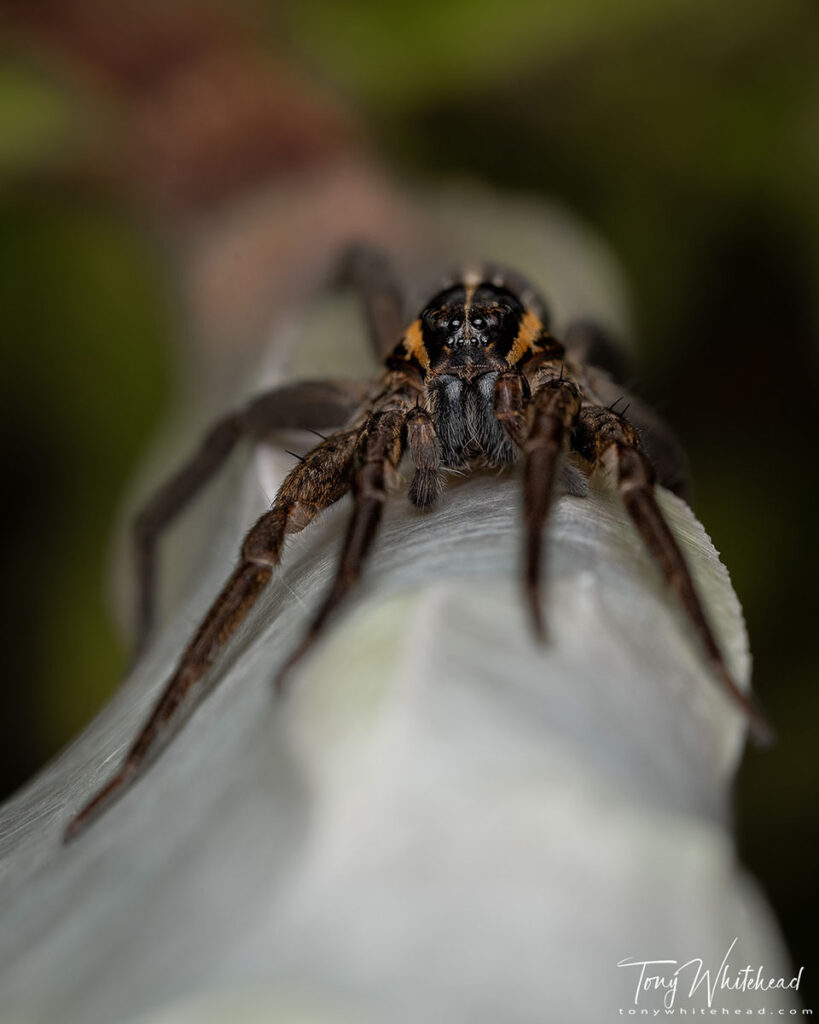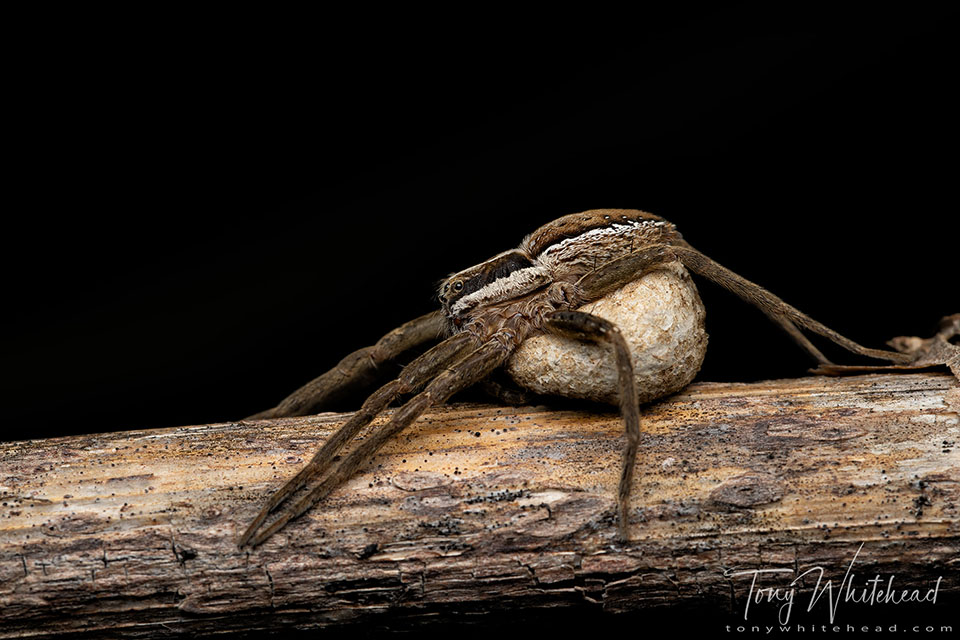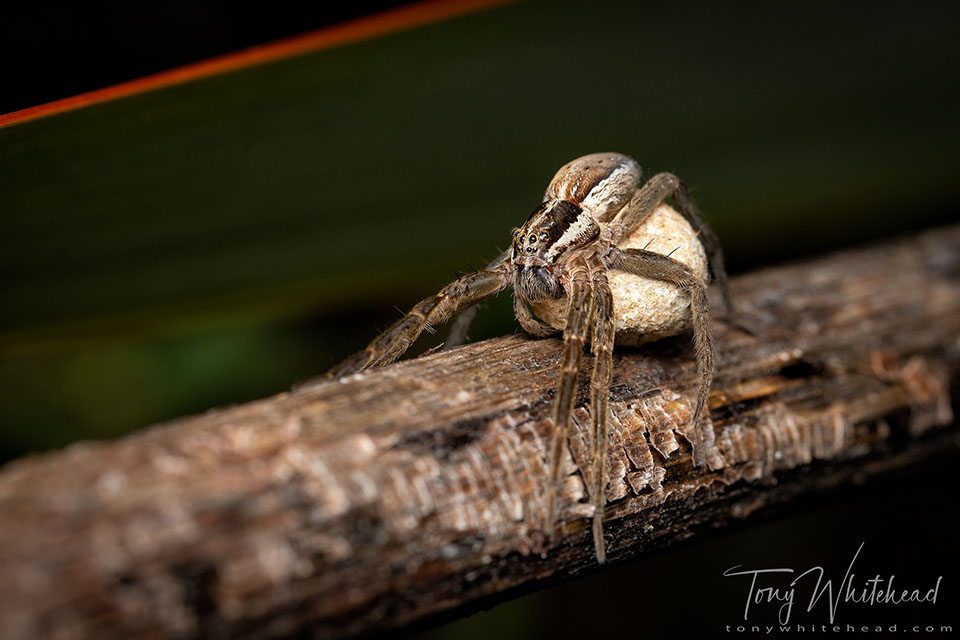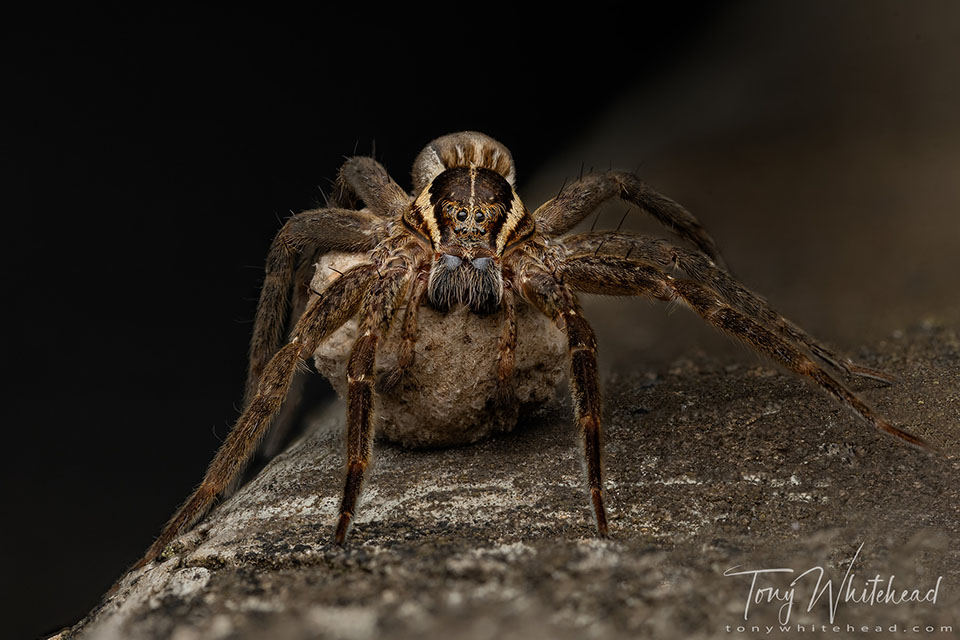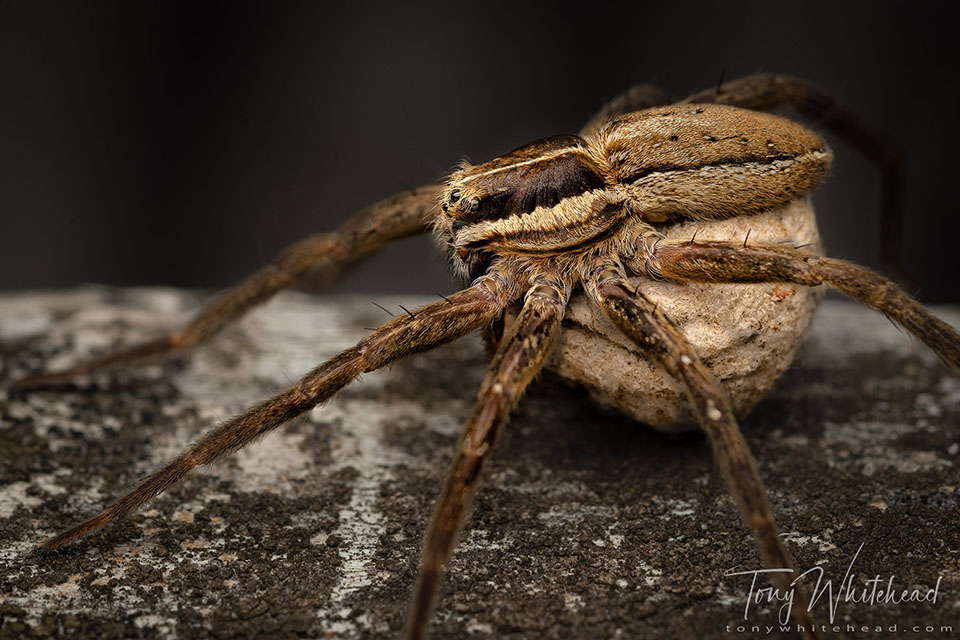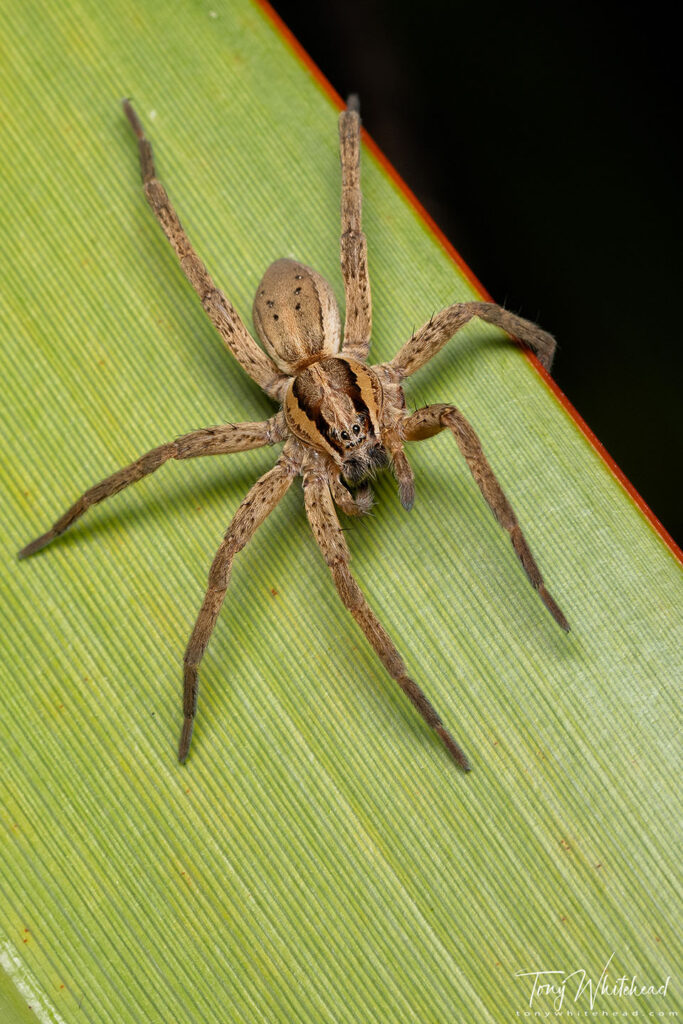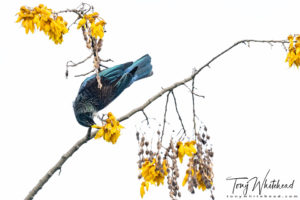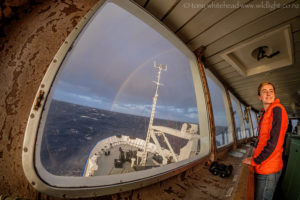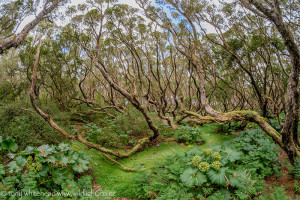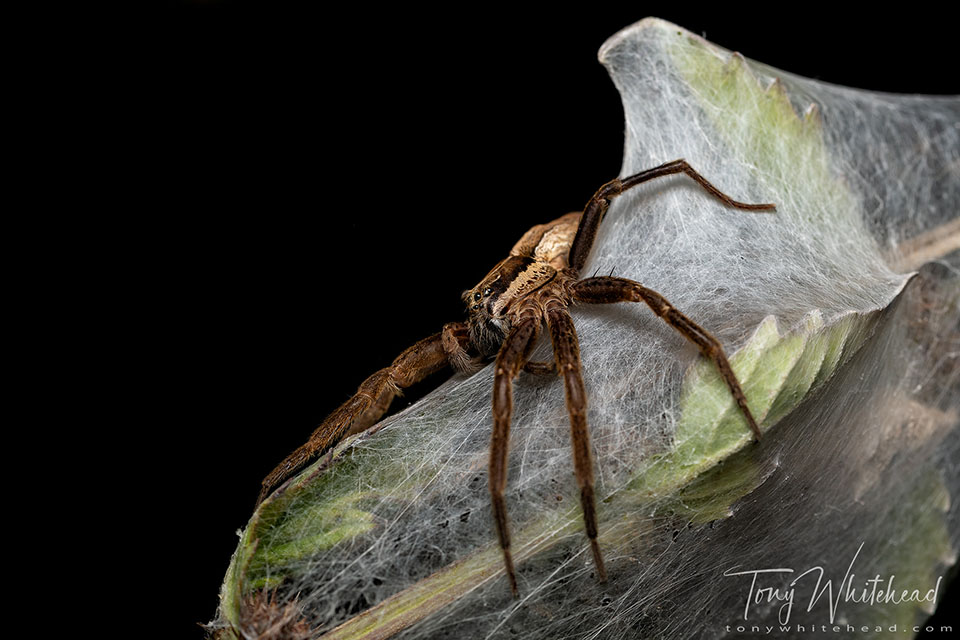
Last week I wrote about a night macro mission to Lake Okareka where some of the subjects were Nurseryweb Spiders. Being nocturnal hunters their eyes contain a reflective tapetum so show up clearly in the light of a head-torch. The sheer numbers are quite impressive. Interestingly they do not rely on their sight to locate prey but use sensory hairs to detect movement and chemical signatures of prey nearby before pouncing.
Unlike Orbweb and Sheetweb spiders, Nurseryweb spiders do not use their webs to capture prey. Their ubiquitous nurserywebs woven at the tips of plants are to protect the developing spiderlings as they hatch from the egg sac. The female spider will guard the web at night and can make an attractive subject.
On this late summer visit we found a few adult females carrying their egg sacs. This first one was climbing along a dry harakeke/flax flower stalk and from a distance looked like a fat orbweb spider.
This next one was wandering along the edging of the boardwalk and made a co-operative subject for a sequence of images for a photo-stack.
Shallow depth of field at close focusing distances is a problem with macro photopgraphy. As can be seen in the second photo in this post, the dark spider is in focus only around the eyes, chelicerae and palps. To achieve more of the subject in focus, individual frames can be shot with different planes of focus and then assembled in Helicon Focus to achieve a greater depth of sharpness in the image. Photoshop can also perform focus stacking but I have found Helicon Focus far more capable and quicker.
Females carry their egg sac for about 5 weeks before constructing their nurserywebs. Spiderlings leave the nurseryweb after a week or two and disperse by ballooning with a silk thread.
Photos with Nikon D850 and Tamron 90mm F017 macro lens. SB900 flash and homemade packing foam diffuser.
